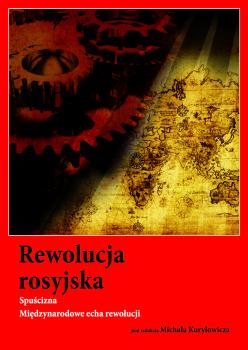Spuścizna rewolucji rosyjskiej w Azji Południowo-Wschodniej .......... 133
Synopsis
THE HERITAGE OF THE RUSSIAN REVOLUTION IN SOUTHEAST ASIA
The impact of the Russian Revolution in Southeast Asia remains ambiguous. In this considerably diverse region, composed of countries with different cultural and civilizational backgrounds and often multi-ethnic ones, the Russian Revolution exerted a mixed impact. It inspired anti-colonial freedom movements (in Southeast Asia, as in East Asia Marxism was understood mainly via the nationalistic prism) while at the same time being limited by hostility towards religion and by opposition to the control of the communist movement from Moscow. Thanks to many similarities with Confucianism the influence of the Russian Revolution proved to be most long-lasting in Vietnam (and in Laos). In Buddhist Burma and Cambodia local political elites tried to mix Marxism with Buddhism (“Buddhist socialism”) but finally embarked on indigenous, autarchic models of socialist development. The impact of the Russian Revolution on other parts of Southeast Asia was much weaker. Only in Indonesia until 1965 communists enjoyed widespread support, but it was later annihilated (the same happened, although for different reasons, in Malaysia after 1948 and in East Timor after 1975). The influence of the Russian Revolution on Thailand, Philippines, and Singapore remained minimal. Finally, the October Revolution partially influenced the ideology of the non-alignment movement which still has important impact on Southeast Asian countries.





